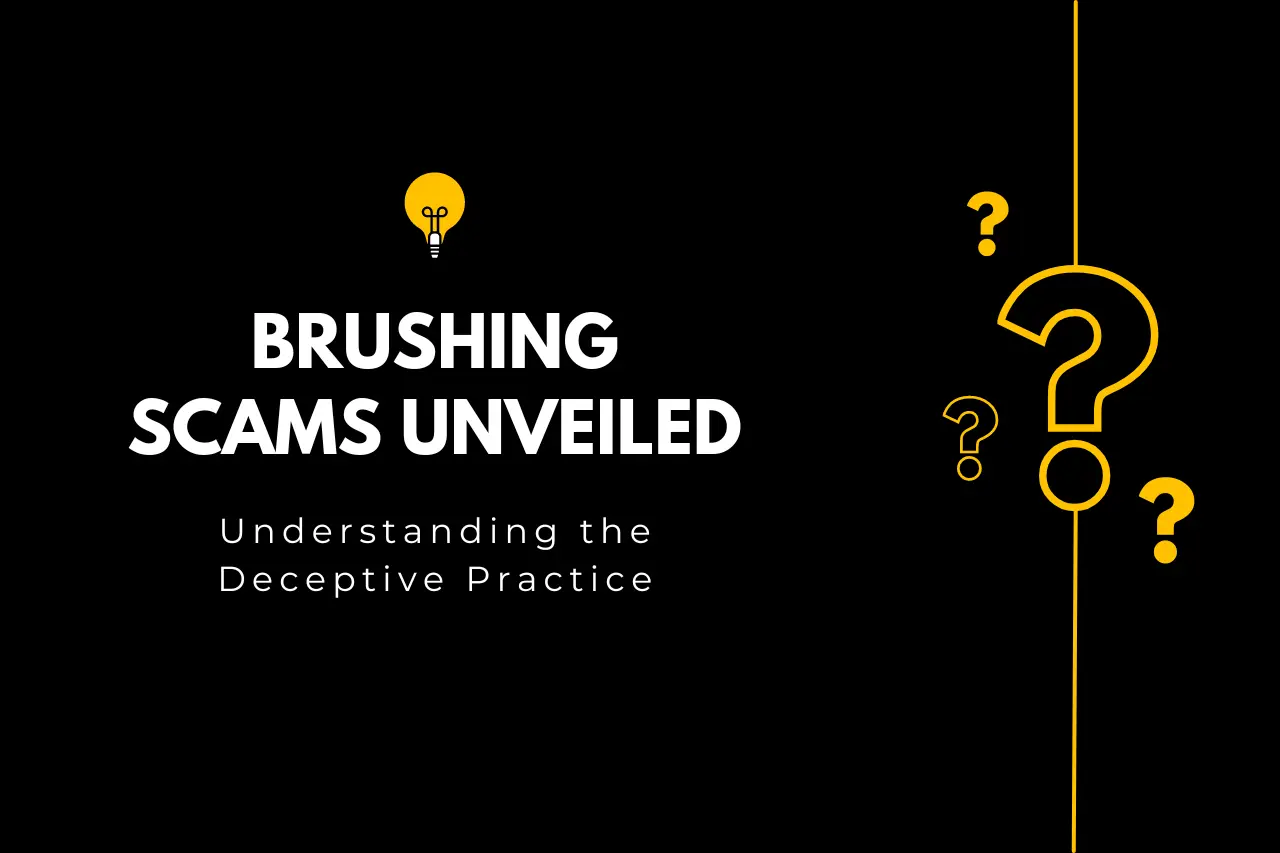introduction
Have you ever received a package in the mail that you didn’t order? It can be a bit of a shock! While it may initially seem like a pleasant surprise, it’s important to be cautious, as you could be a victim of a growing trend known as brushing scams. In this article, we will delve into the world of brushing scams, shedding light on this deceptive practice and equipping you with the knowledge to avoid falling prey to it.
Understanding Brushing Scams
Brushing scams revolve around unscrupulous sellers operating on e-commerce platforms. These sellers fabricate fake orders and ship products to random individuals. The motive behind these scams is to artificially inflate their sales figures and bolster their ratings on these platforms, thus enhancing their visibility and credibility. Recent reports indicate a concerning rise in the prevalence of brushing scams, with over 10,000 cases reported in the United States alone in 2020.
The Mechanics of Brushing Scams
You might be wondering how these scammers obtain your address. Well, they often source personal information from a variety of places, including public databases or compromised accounts. Armed with your details, they proceed to concoct fake orders under your name and address. These bogus orders are then shipped to you, leaving no discernible trace of the scammer’s identity. In some instances, the packages may contain low-value items, such as hair accessories or budget electronics. This is a cost-saving tactic employed by the scammers to maintain the illusion of a legitimate transaction while minimizing their expenses.
Unraveling the Consequences of Brushing Scams
At first glance, receiving unsolicited packages might appear harmless. However, brushing scams can have serious repercussions. Firstly, your personal information has been compromised, potentially opening the door to further identity theft or fraud. Furthermore, these scams can cast a shadow on genuine sellers operating on e-commerce platforms. The artificially inflated sales figures and positive ratings achieved through brushing scams can mislead customers into making purchases from fraudulent sellers. This erosion of trust in online marketplaces can inflict harm on honest businesses.
Guarding Against Brushing Scams
Thankfully, there are measures you can take to shield yourself from falling victim to brushing scams. First and foremost, exercise caution when receiving packages you didn’t order. Pay attention to the sender’s information and the package’s contents. If you suspect it may be a brushing scam, promptly reach out to the e-commerce platform and report the incident. Vigilance extends to monitoring your online accounts for any signs of suspicious activity and changing your passwords regularly. Additionally, consider the use of unique and robust passwords for each of your online accounts to minimize the risk of your information being compromised.
In Conclusion
In conclusion, brushing scams is a deceptive practice that can jeopardize your personal information and deceive unsuspecting consumers. By gaining insight into how these scams operate and taking necessary precautions, you can shield yourself from falling prey to them. It is crucial to remain vigilant and report any suspicious activity to the relevant authorities. Furthermore, online marketplaces must continue to enhance their security measures to prevent the occurrence of these scams. Together, we can forge a safer and more trustworthy online shopping environment for everyone.
In summary, brushing scams pose a significant threat, compromising your personal information and deceiving innocent customers. By staying informed and adhering to the preventative measures outlined in this article, you can safeguard yourself from the deceptive practice of brushing scams. Always remember, if a surprise package seems too good to be true, it likely is. Stay vigilant and report any suspicious activity to protect yourself and others from the perils of brushing scams.


















